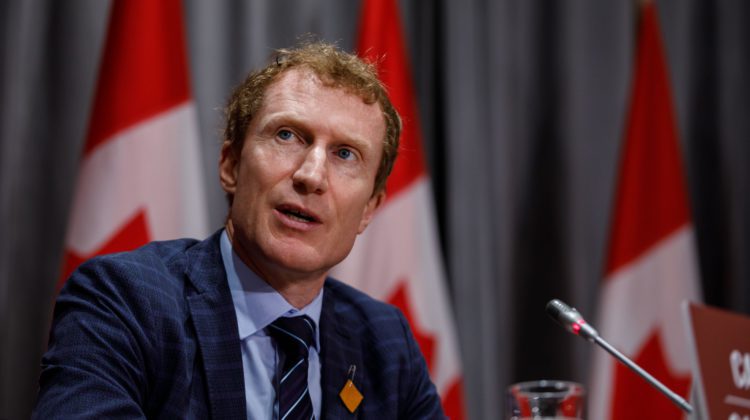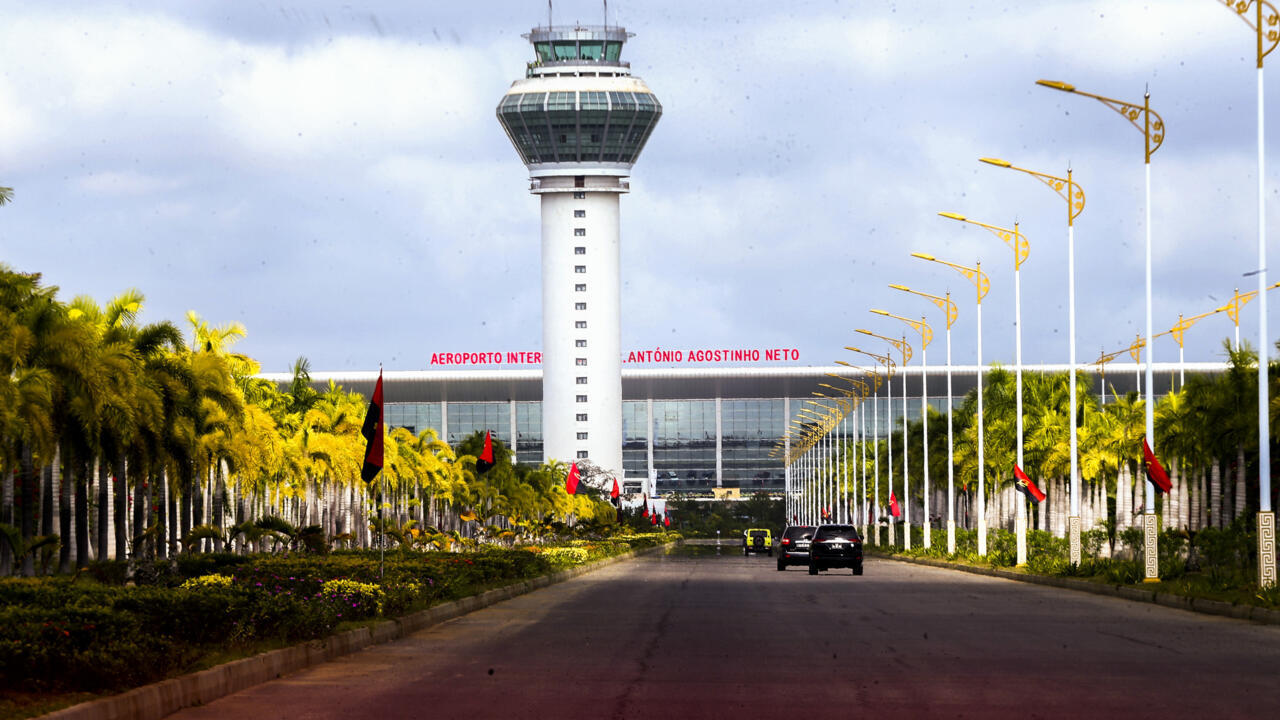Canada is making history with plans to set limits on the number of temporary residents for the first time ever. Immigration Minister Marc Miller announced the decision, citing a need for sustainable growth and addressing affordability and housing concerns. The new policy aims to reduce the proportion of temporary residents to 5% of the population, down from the current 6.2%. This move comes as Canada grapples with a surge in temporary residents, with figures showing a sharp increase in recent years. While the country relies on temporary foreign workers to fill labor shortages, officials believe changes are necessary to make the system more efficient.
However, exceptions will be made for workers in sectors facing labor shortages, such as construction and healthcare. Critics have raised concerns about the impact of these limits on migrants, but officials emphasize the importance of managing international migration while honoring global commitments. The decision also follows recent measures, including reinstating visa requirements for Mexican nationals and setting limits on international student admissions. These changes signal a significant shift in Canada’s immigration policy and reflect the government’s efforts to address affordability and housing challenges amid soaring home prices and rising rent.
The surge in international students in Canada, reaching over 800,000 in 2022 from 214,000 a decade earlier, has sparked debate and criticism within the academic community. Some post-secondary institutions express concerns that recent measures, such as setting limits on international student admissions, may deter students from choosing Canada as their study destination, potentially leading them to seek education elsewhere.














